Digital Classroom

Elizabeth Broderick, courtesy of Helen Melville
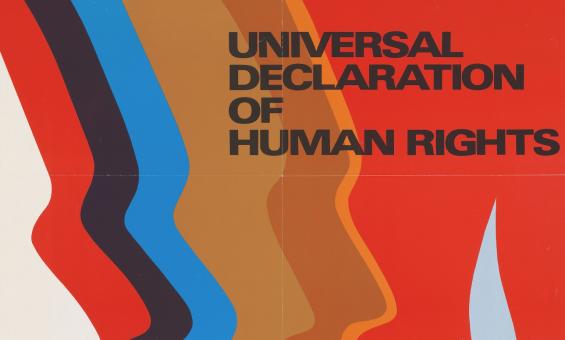
United Nations Association of Australia, Collection of posters from United Nations Association of Australia (detail), 1978, nla.gov.au/nla.obj-2847513995
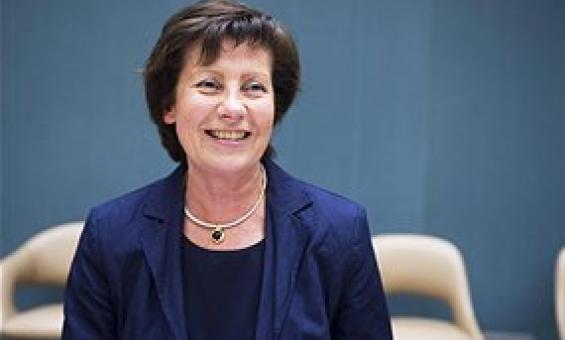
Erika Feller, photo courtesy of Kim Rubenstein

Catherine Branson
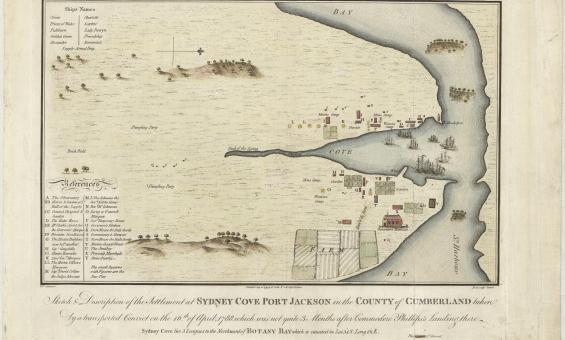
Francis Fowkes, Sydney Cove, Port Jackson, in the County of Cumberland, 1789, nla.gov.au/nla.obj-230578175
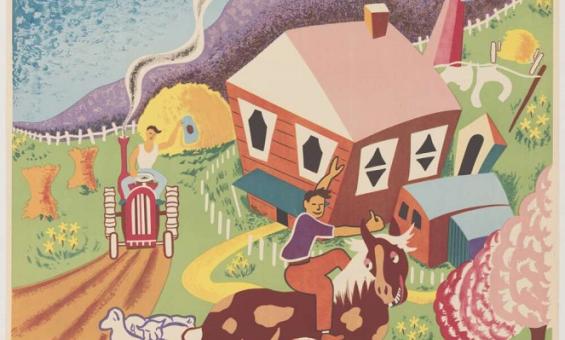
J. G & Australia. Department of Information, Australia land of tomorrow, 1950, nla.gov.au/nla.obj-137199963
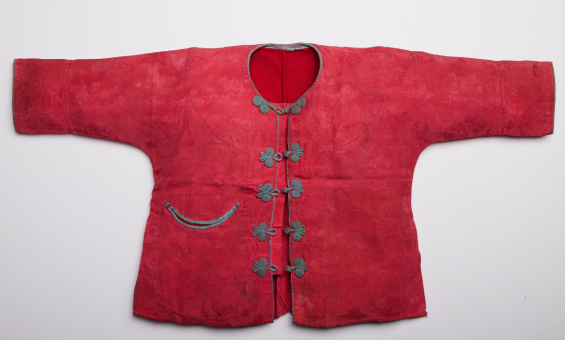
Christening gown worn by members of the Kwong family from the Papers of the Kwong family, 1891-2001, nla.gov.au/nla.cat-vn3006822
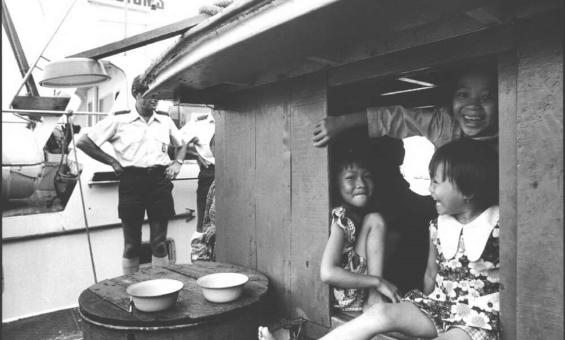
Michael Jensen, Three girls in cabin on the boat from Vietnam, Darwin 1977, nla.gov.au/catalog/3209932
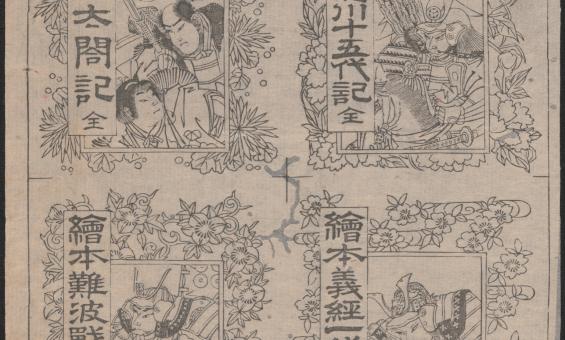
[Ehon cover drafts], nla.gov.au/nla.obj-151544183
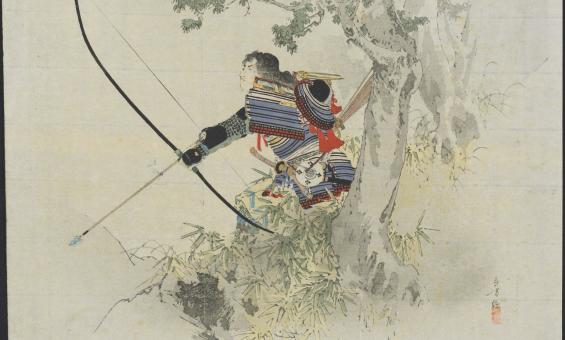
Toshikata Mizuno, Eishi sassō Hakubunkan, Tōkyō, 1899, nla.gov.au/nla.obj-152419290
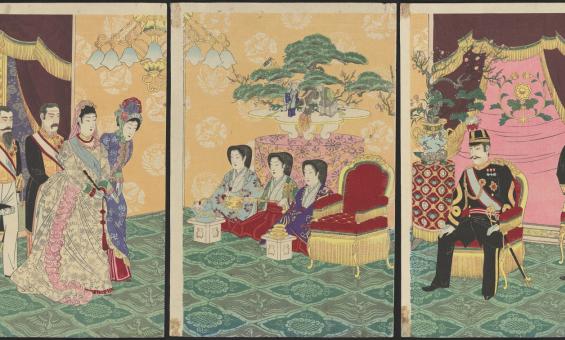
Nobukazu Yōsai & 楊斎延一, Kōi konreishiki no zu Hasegawa Tsunejirō, Tōkyō, 1900, nla.gov.au/nla.obj-151494111
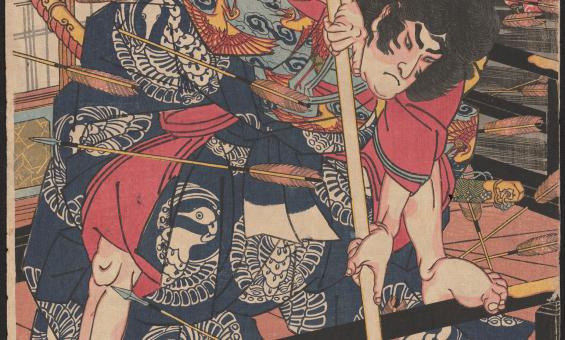
Kuniyoshi Utagawa & 歌川国芳, Honchō Suikoden gōyū happyakunin no hitori : Eda Genzō Hirotsuna [Kagaya Kichibei], 1830, nla.gov.au/nla.obj-151535028